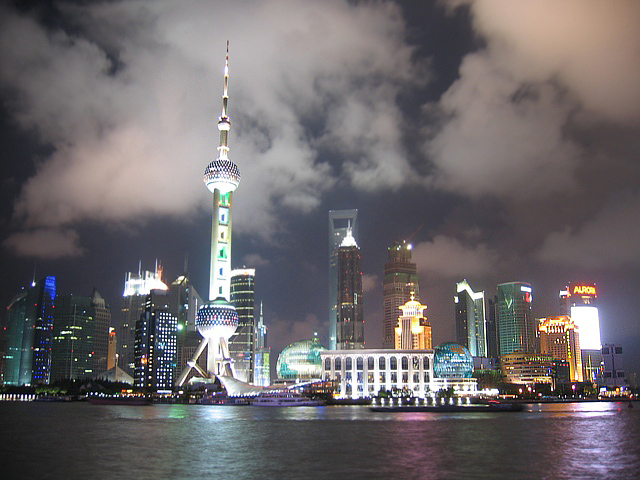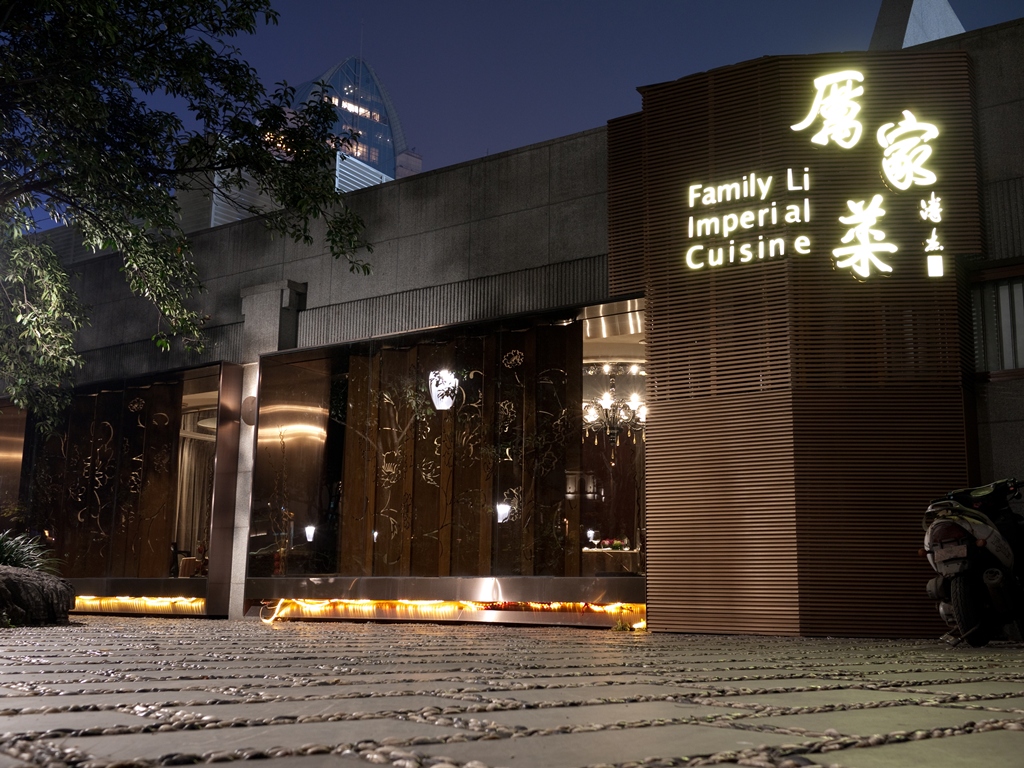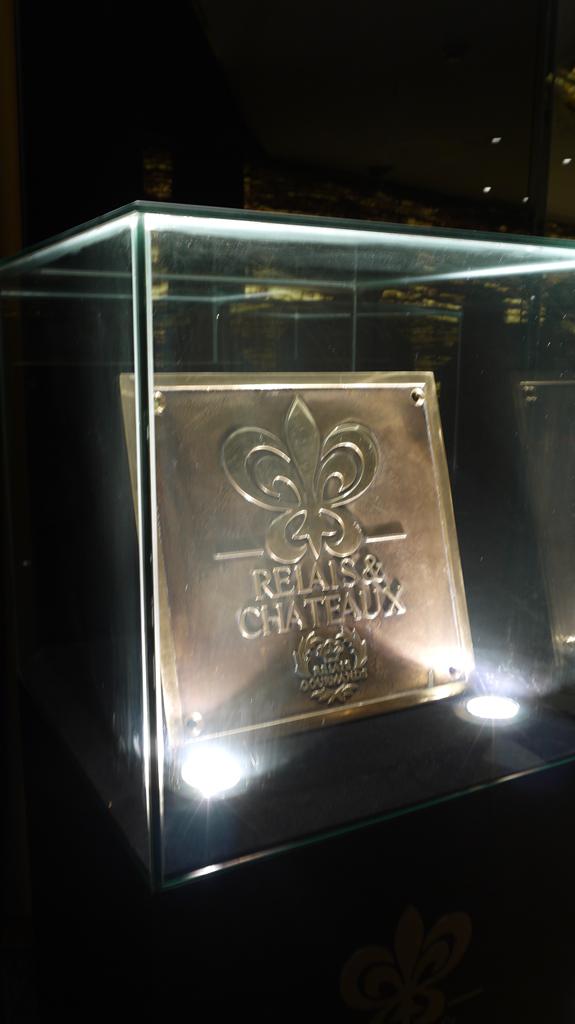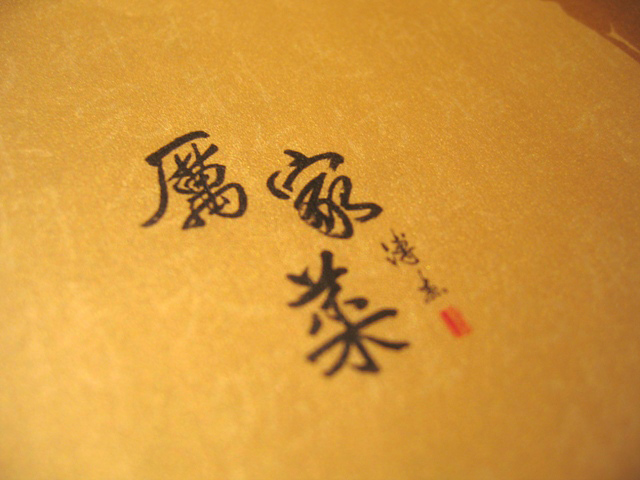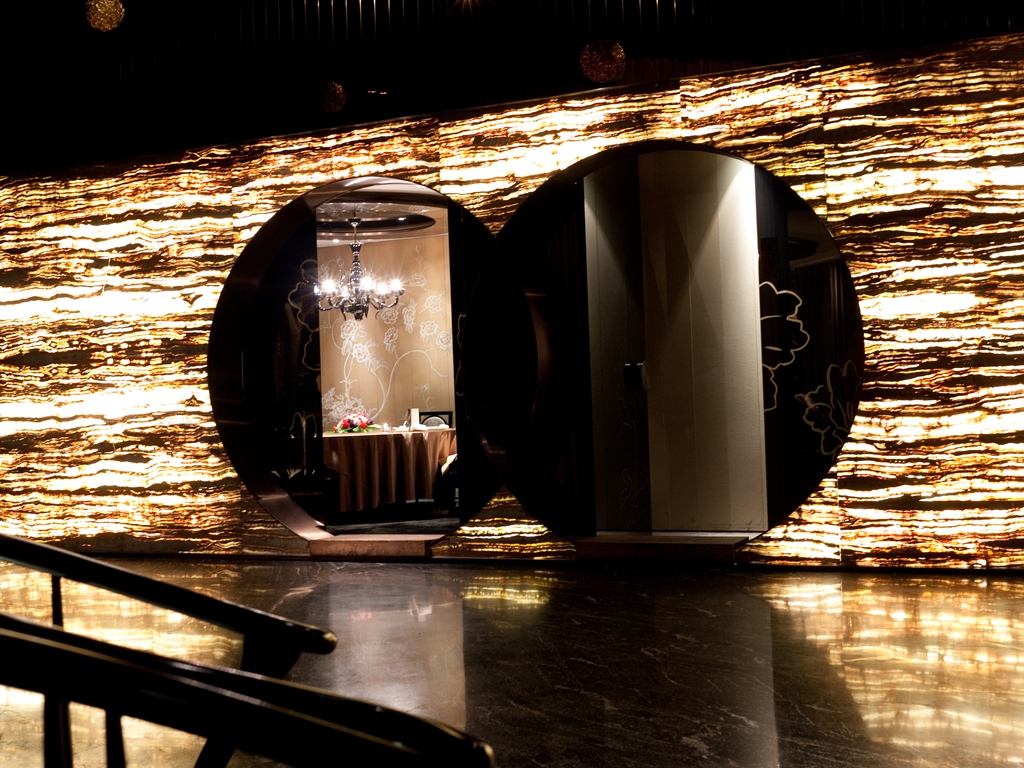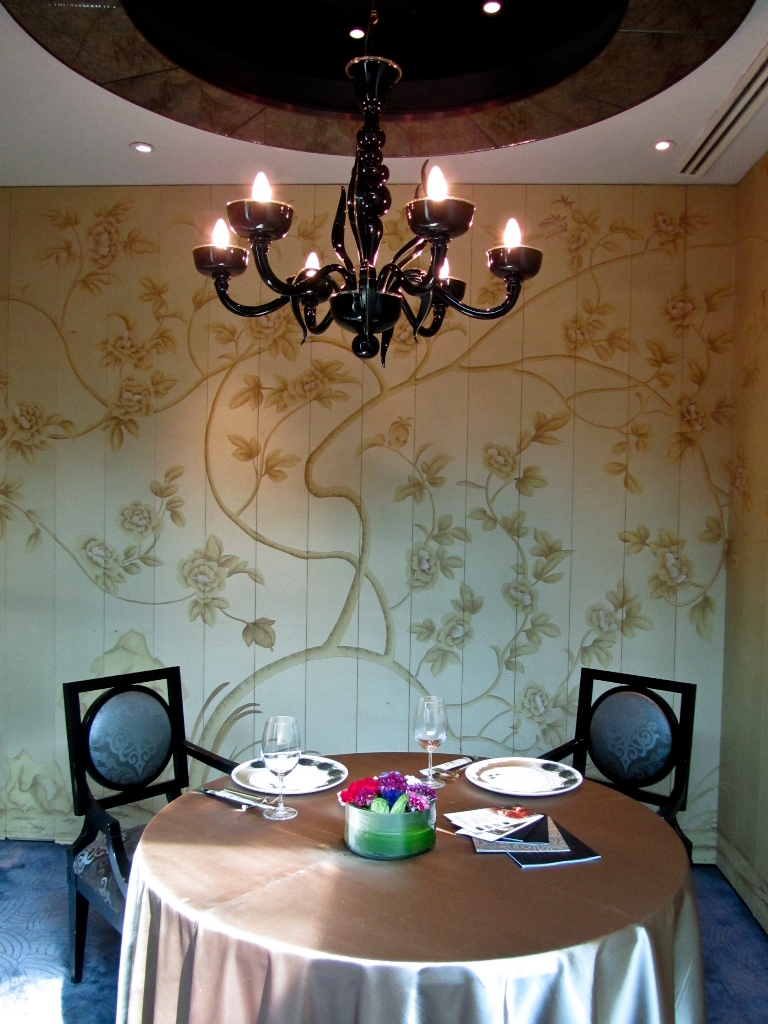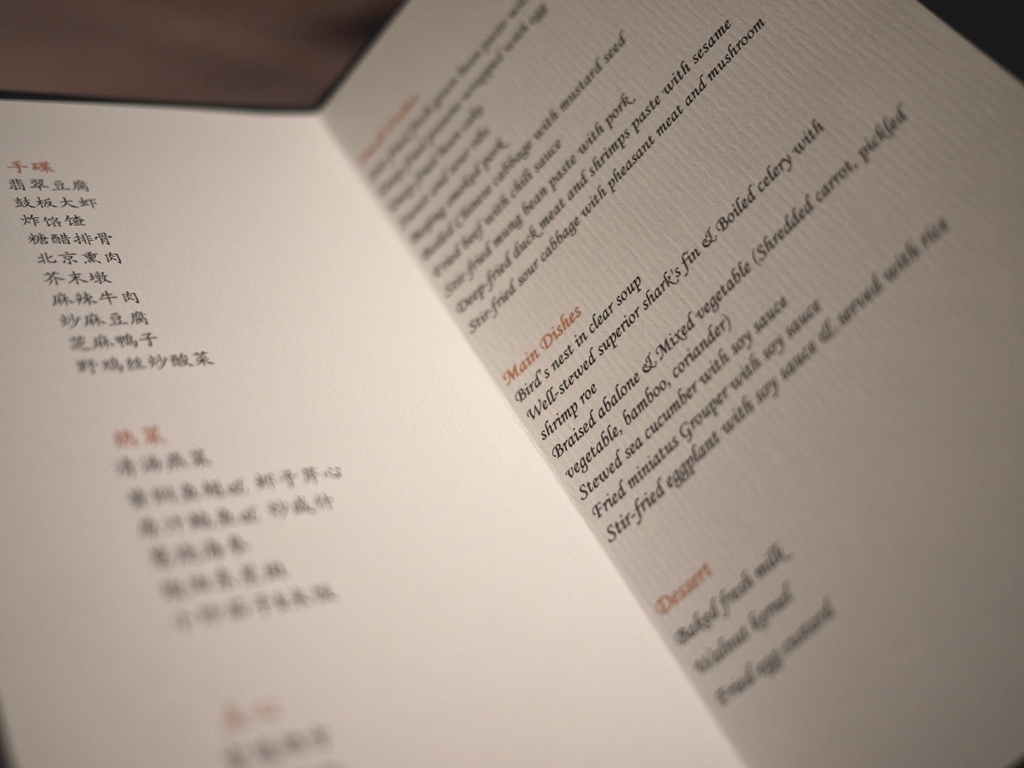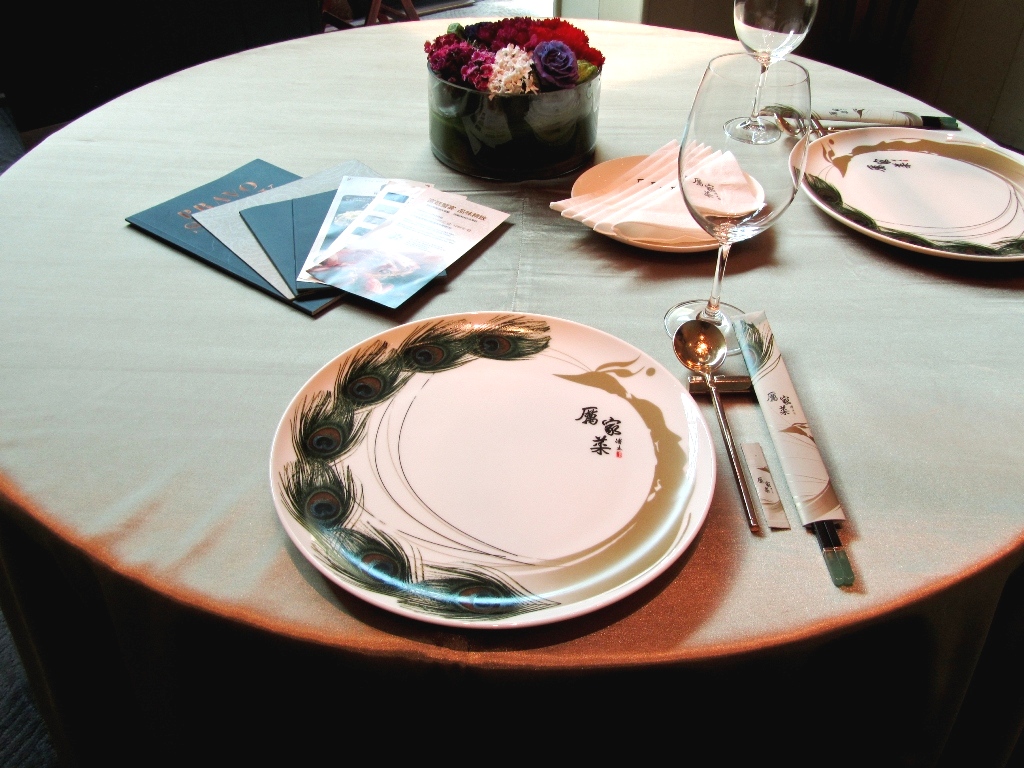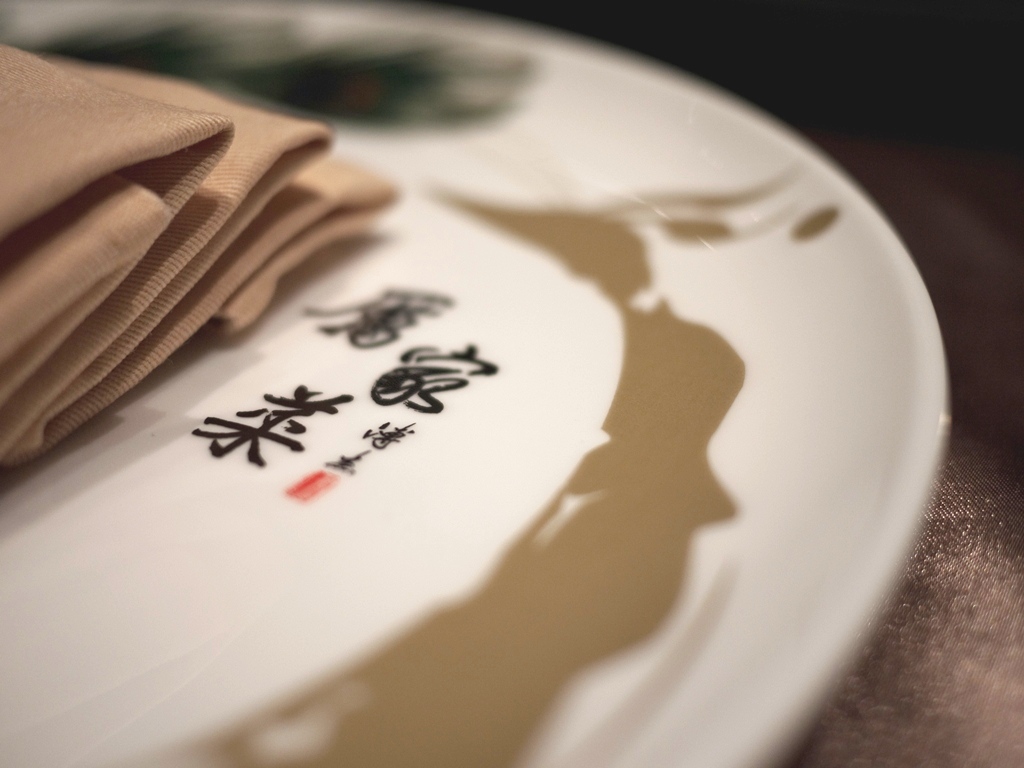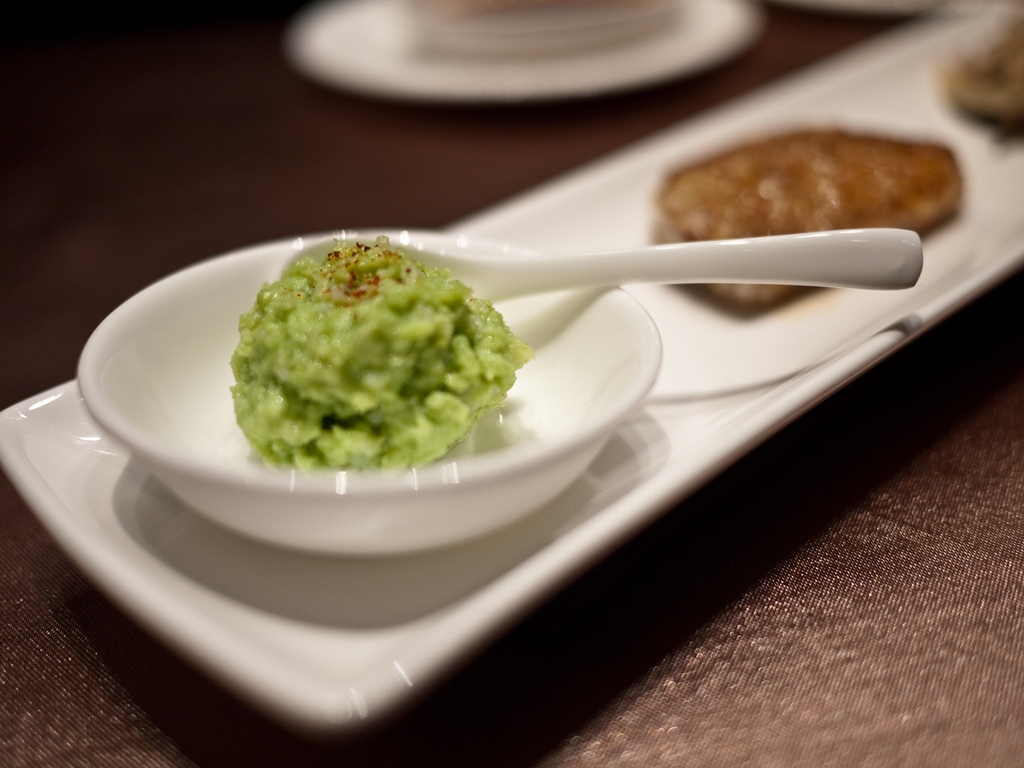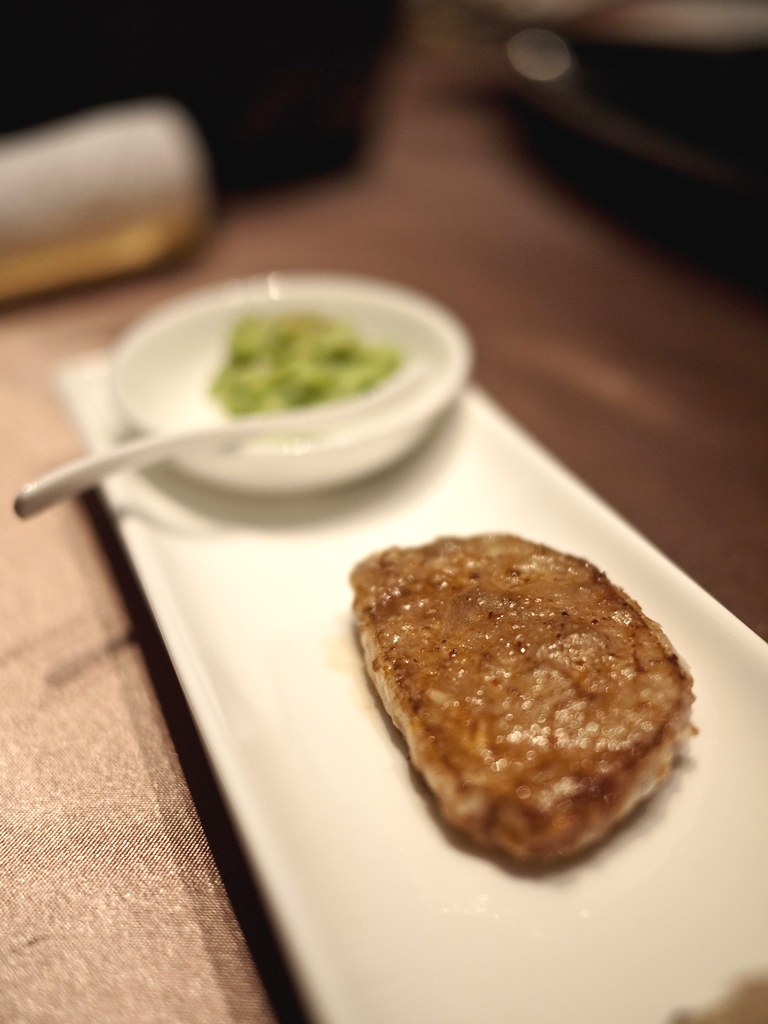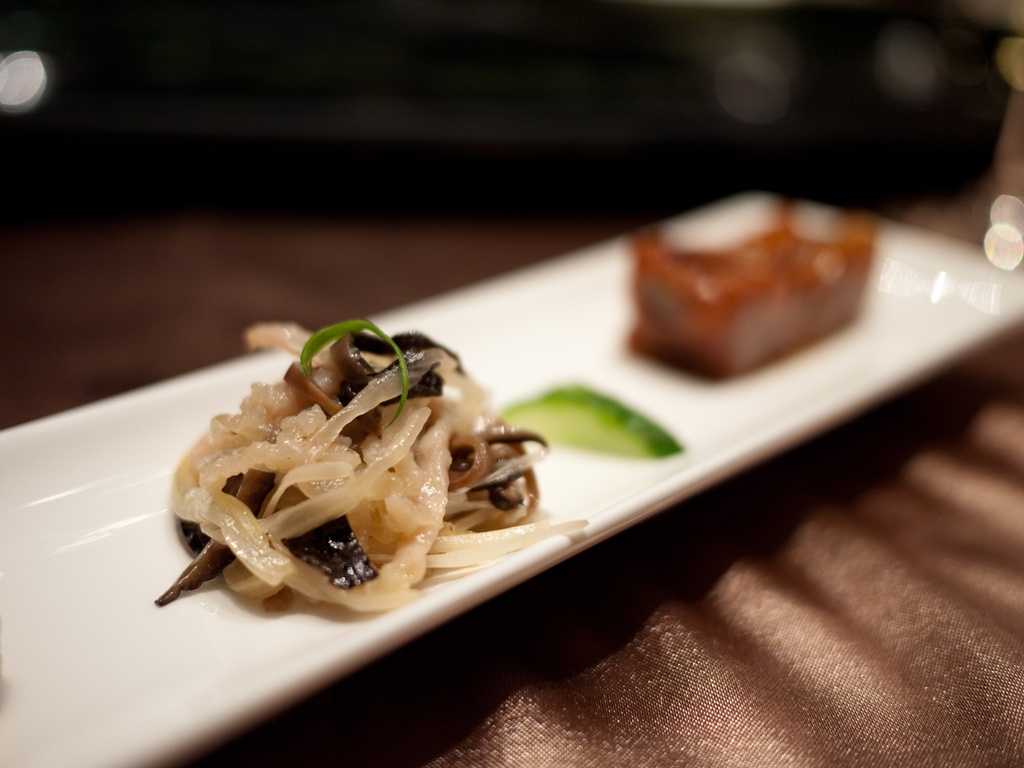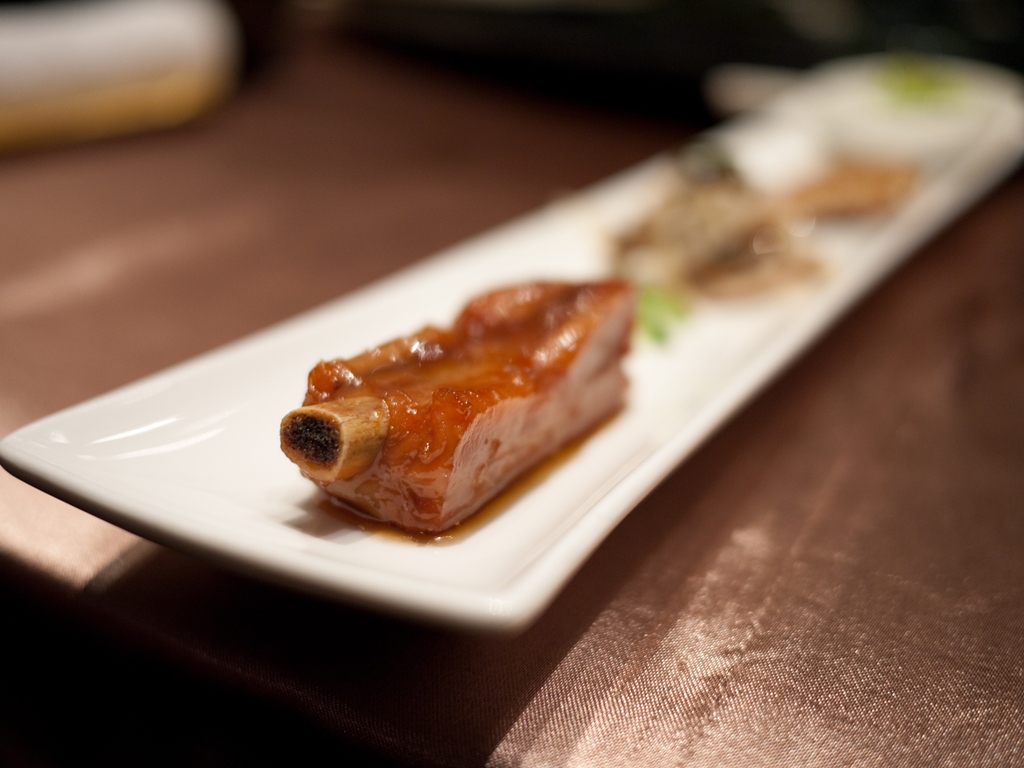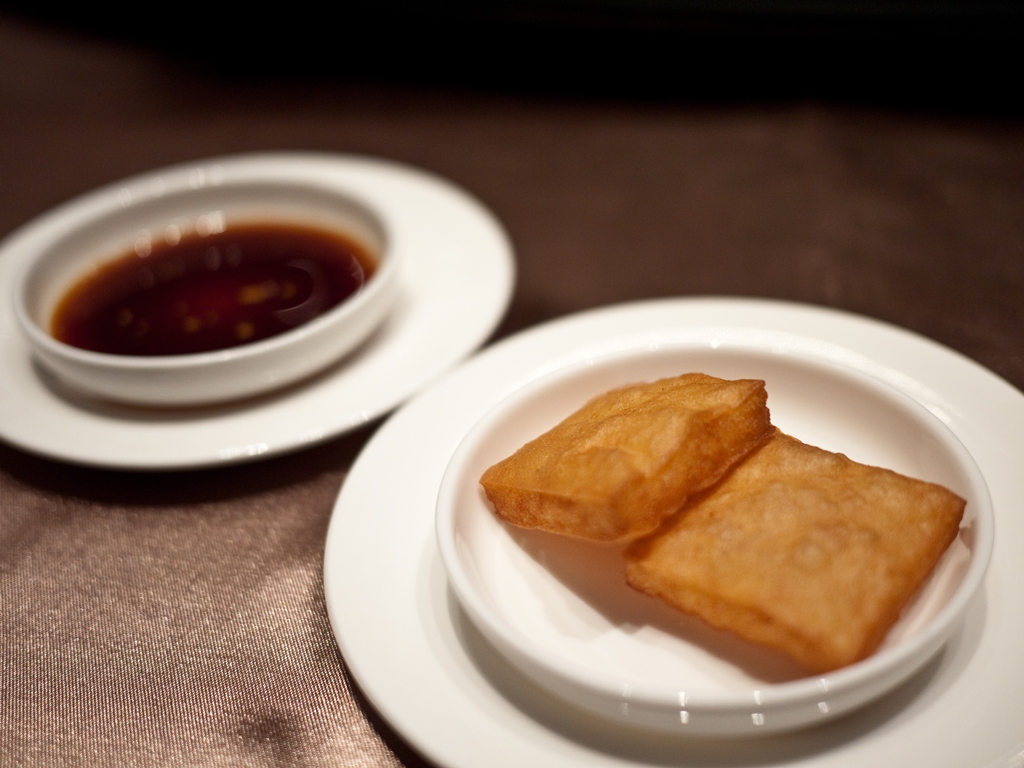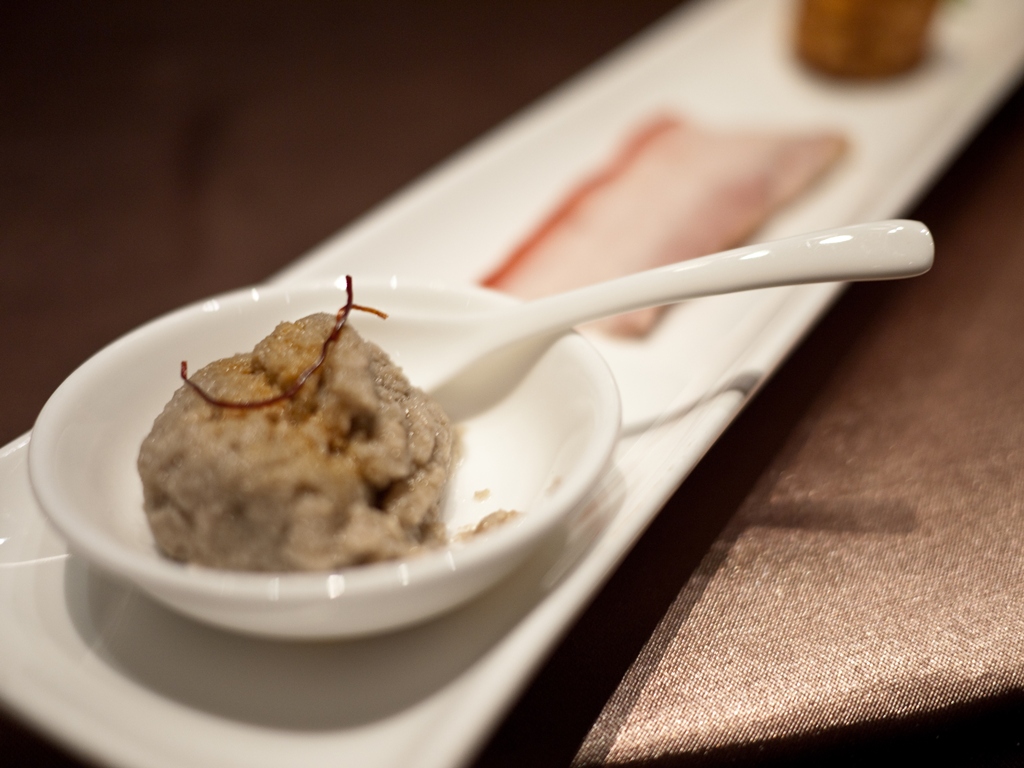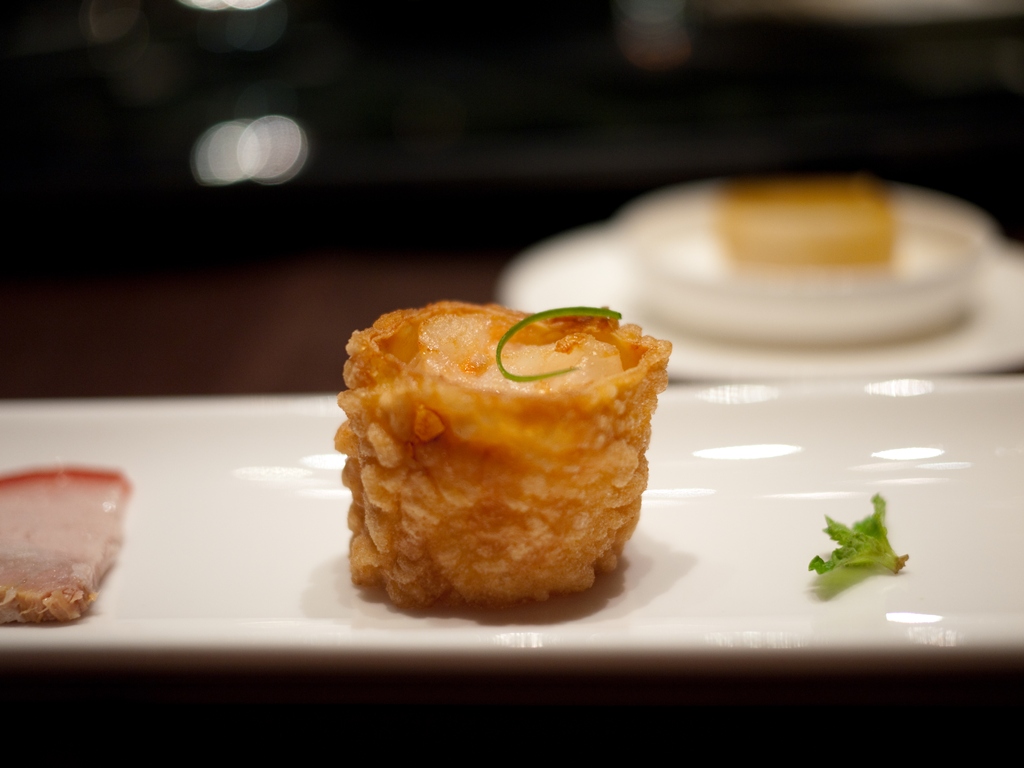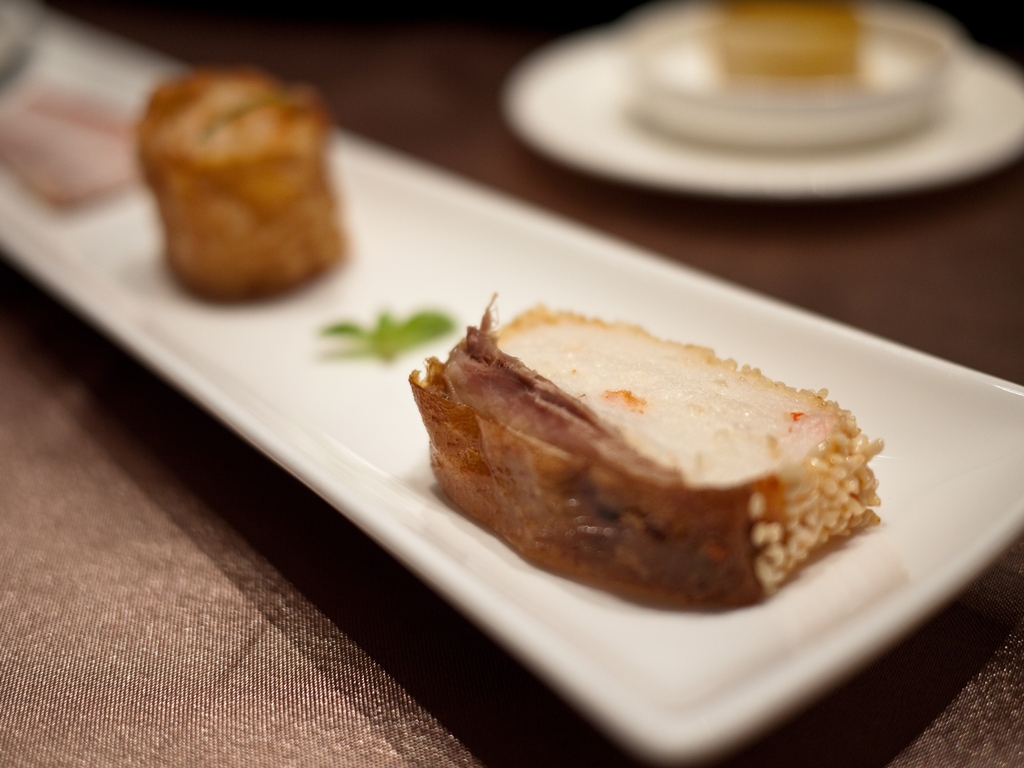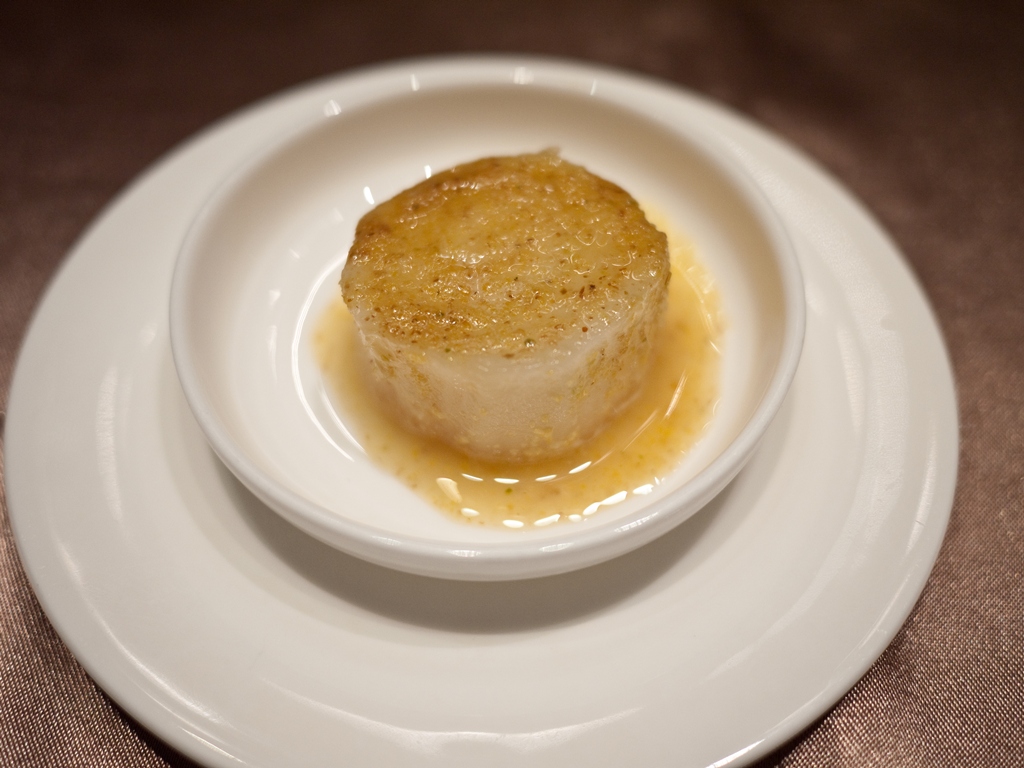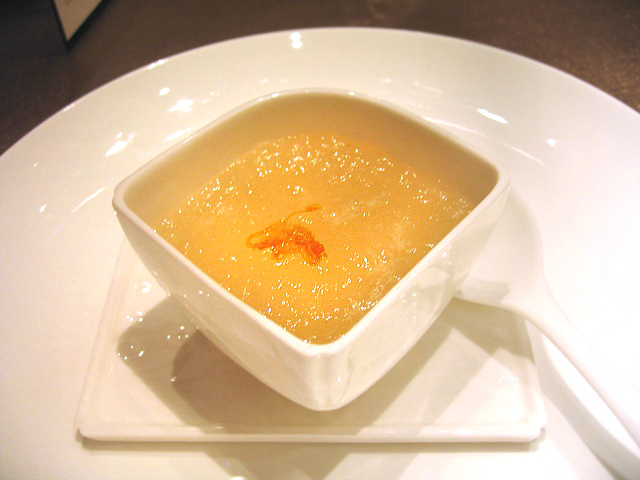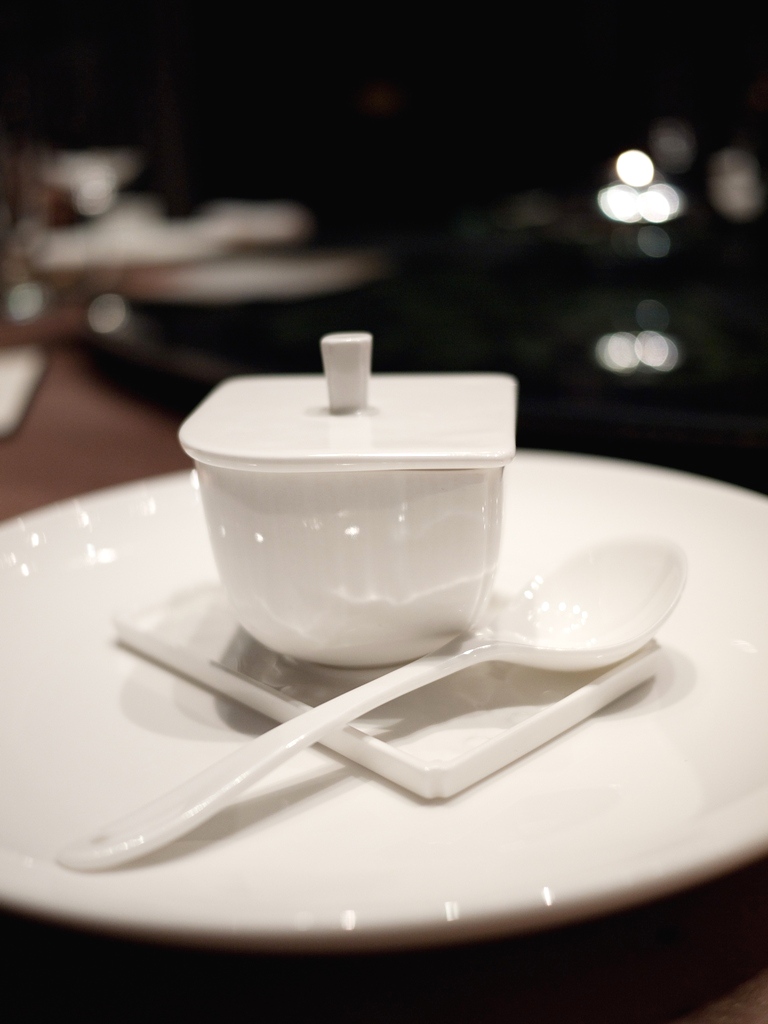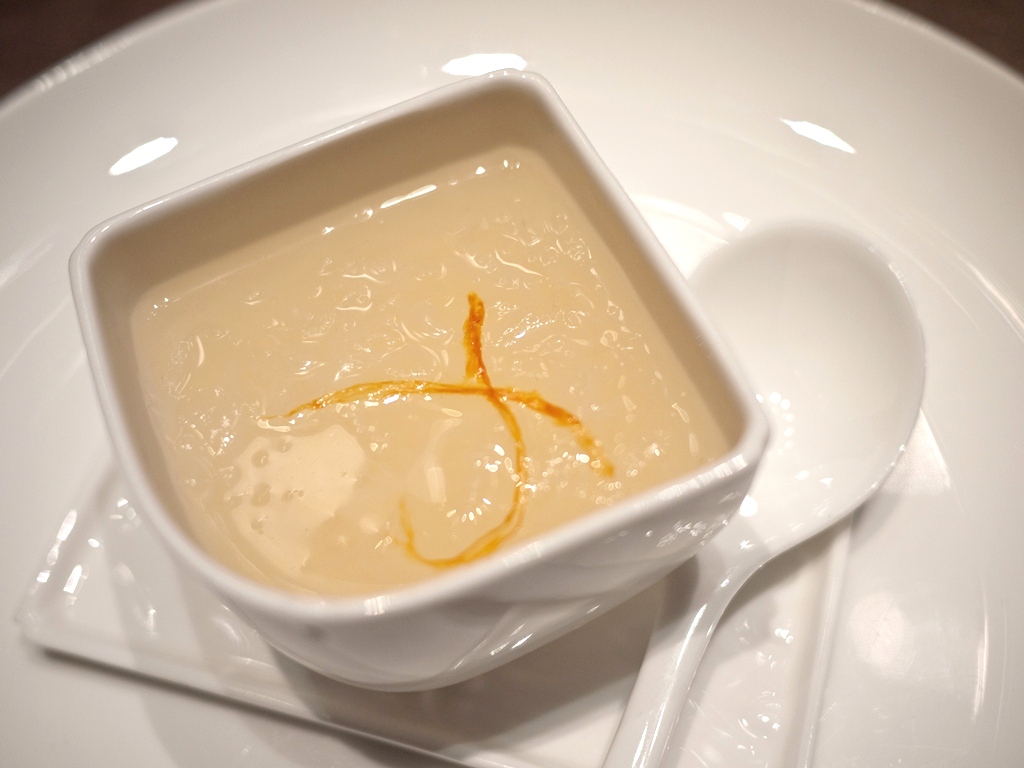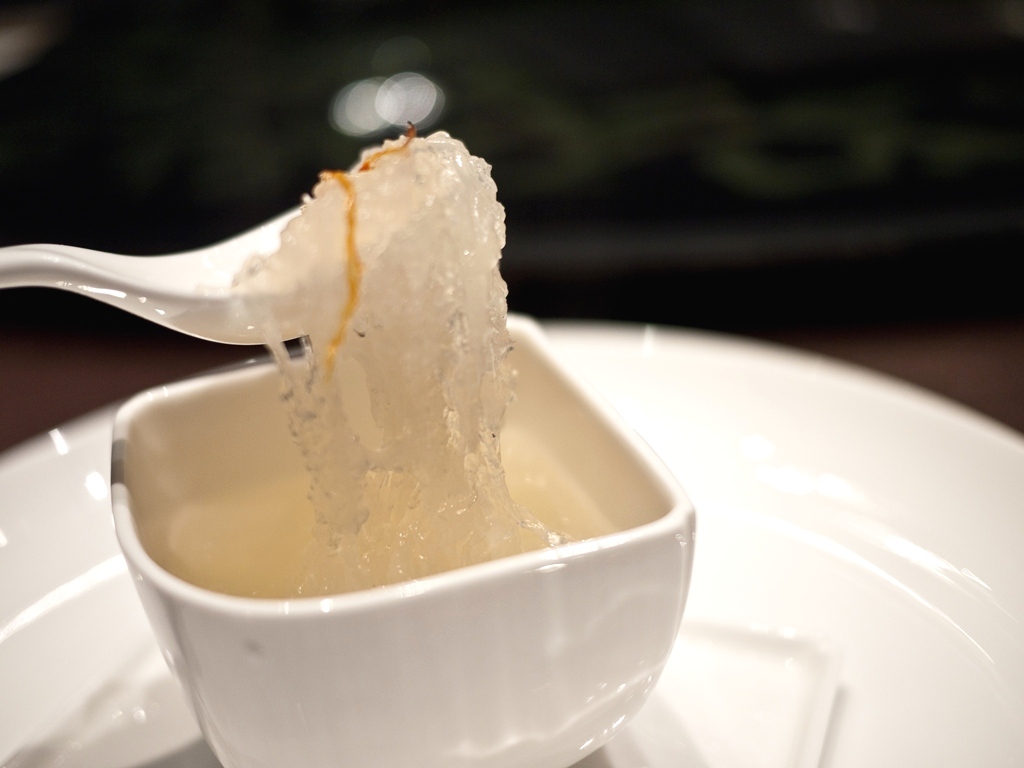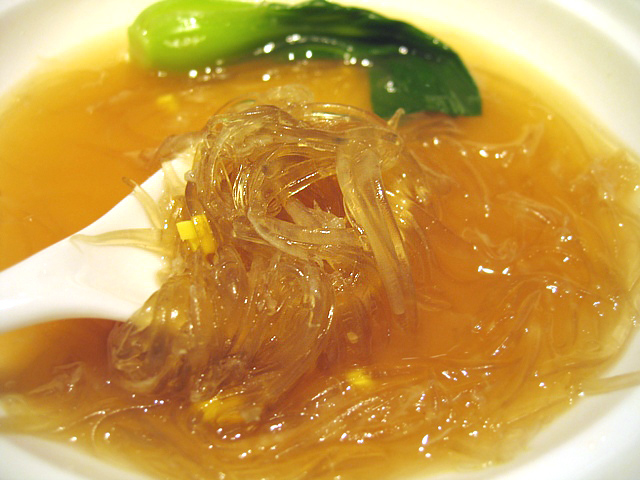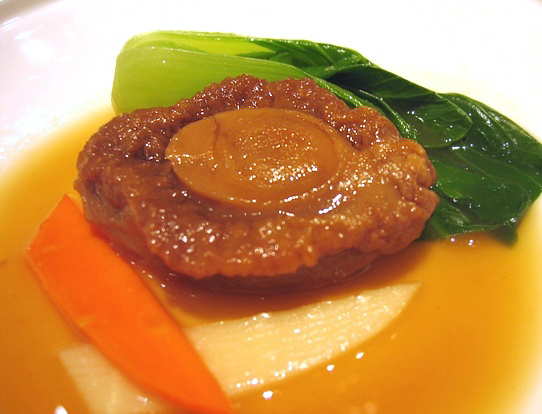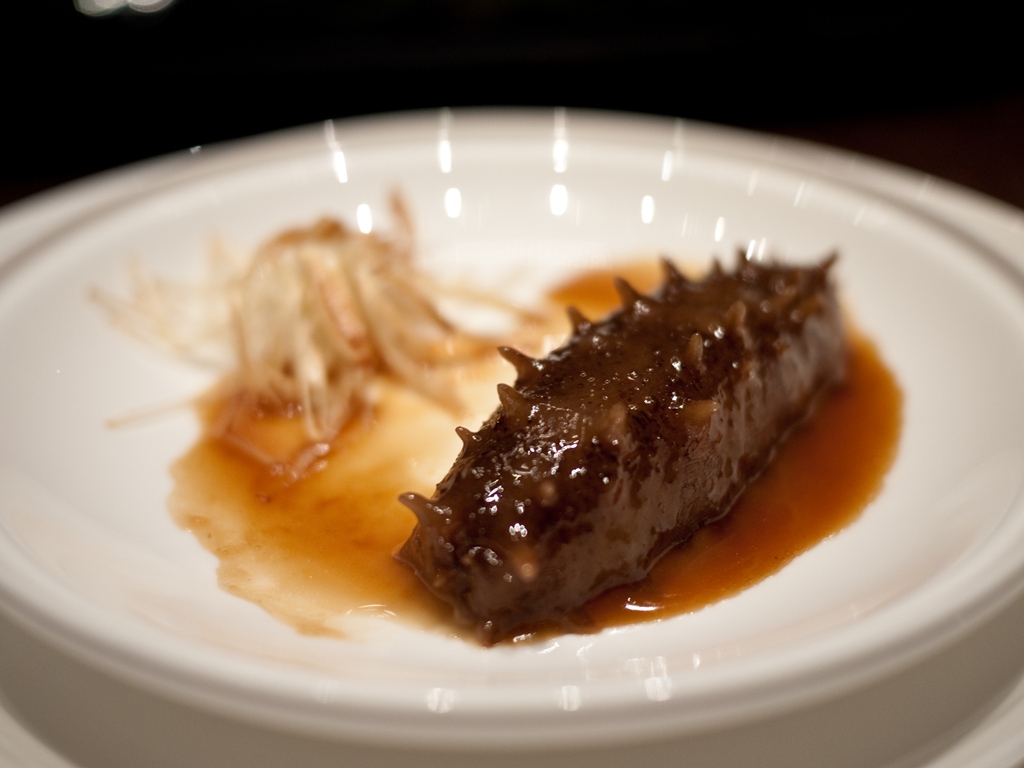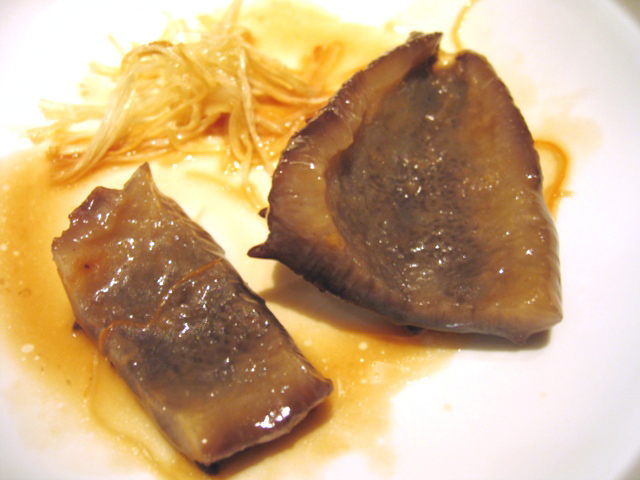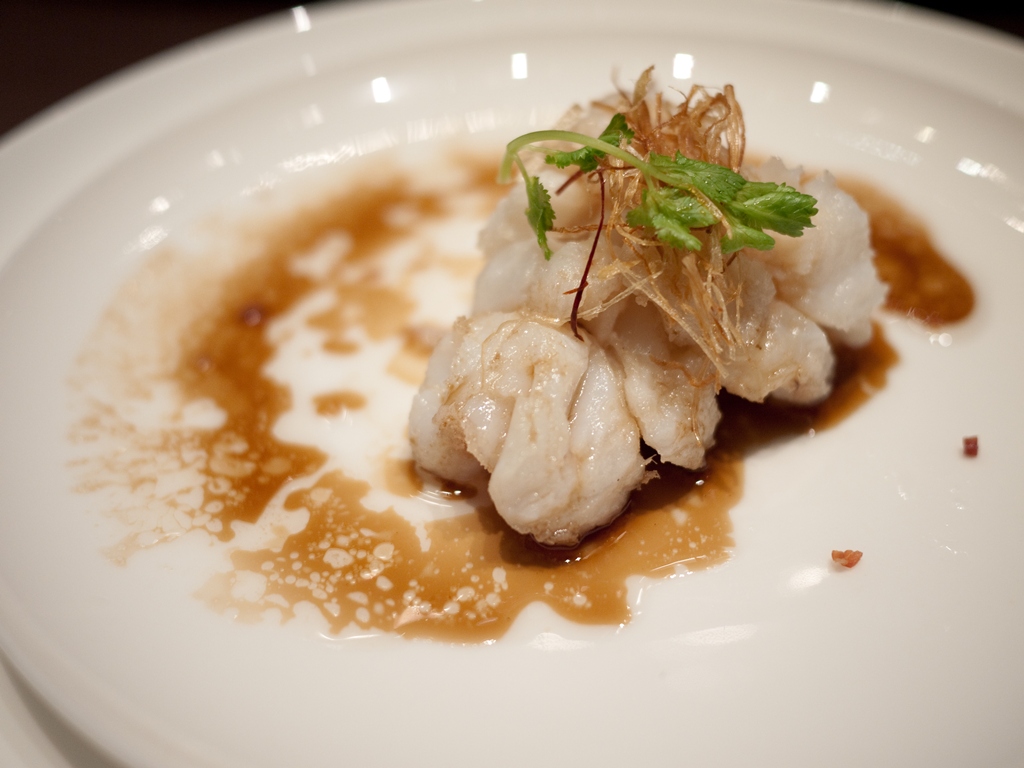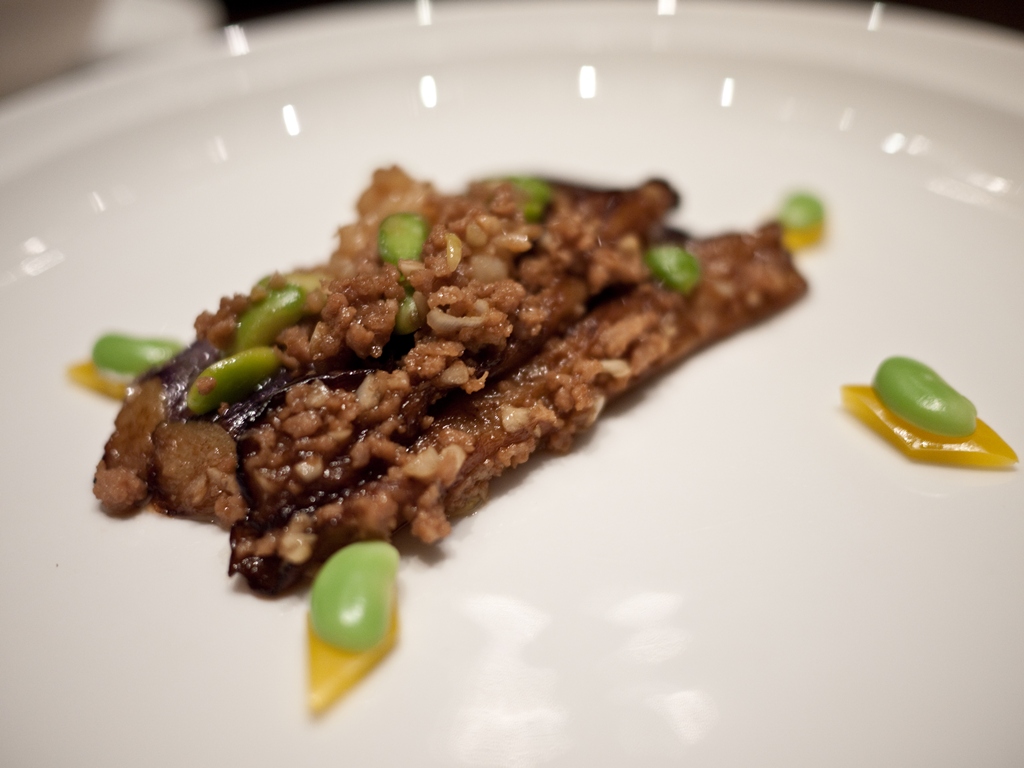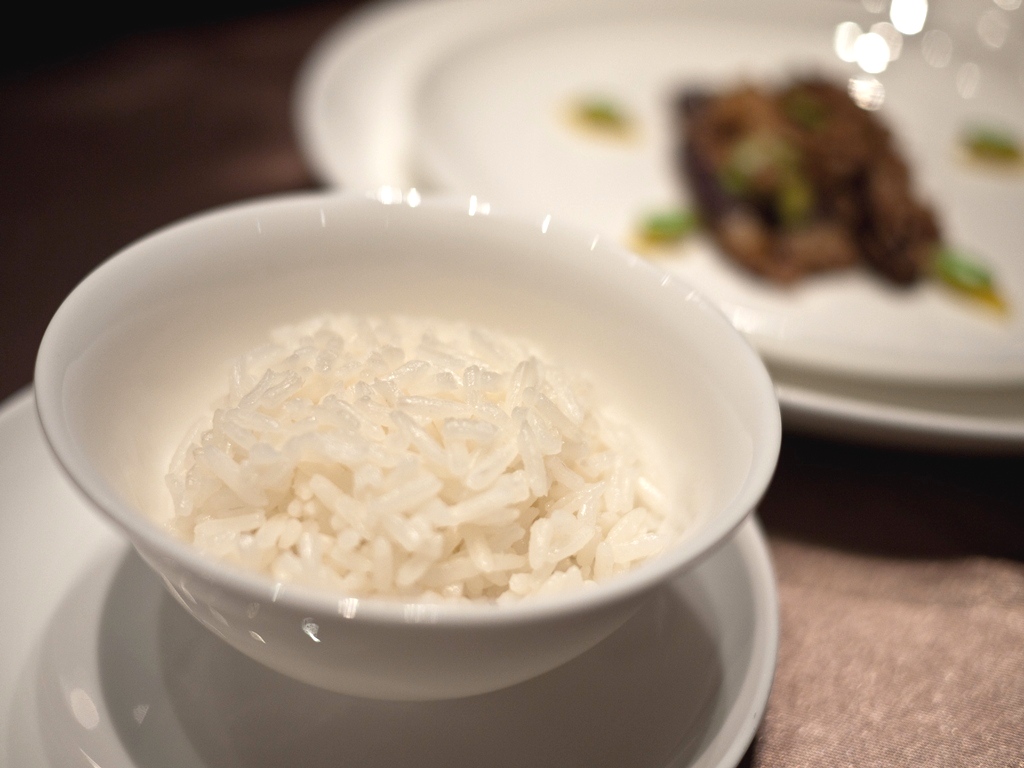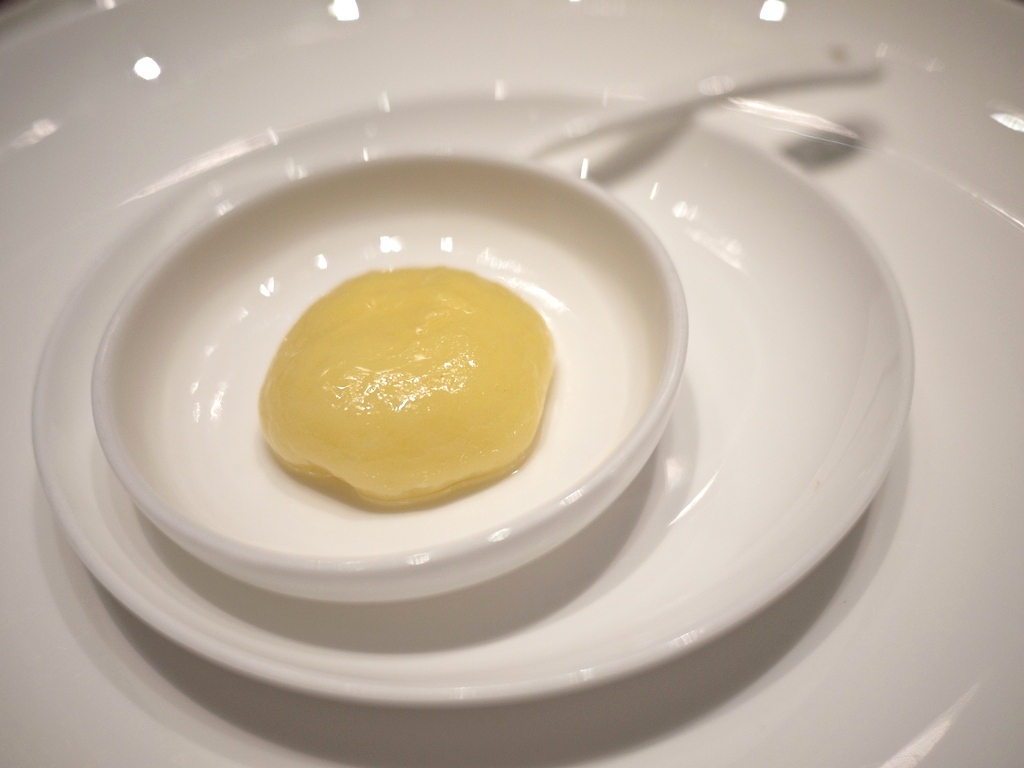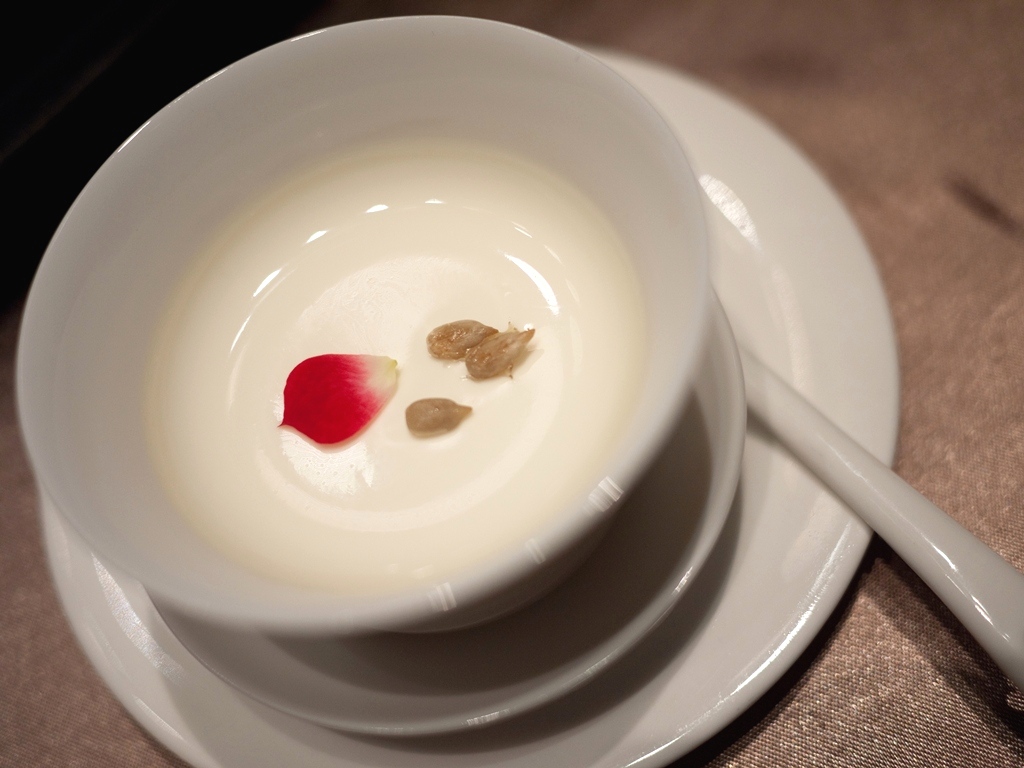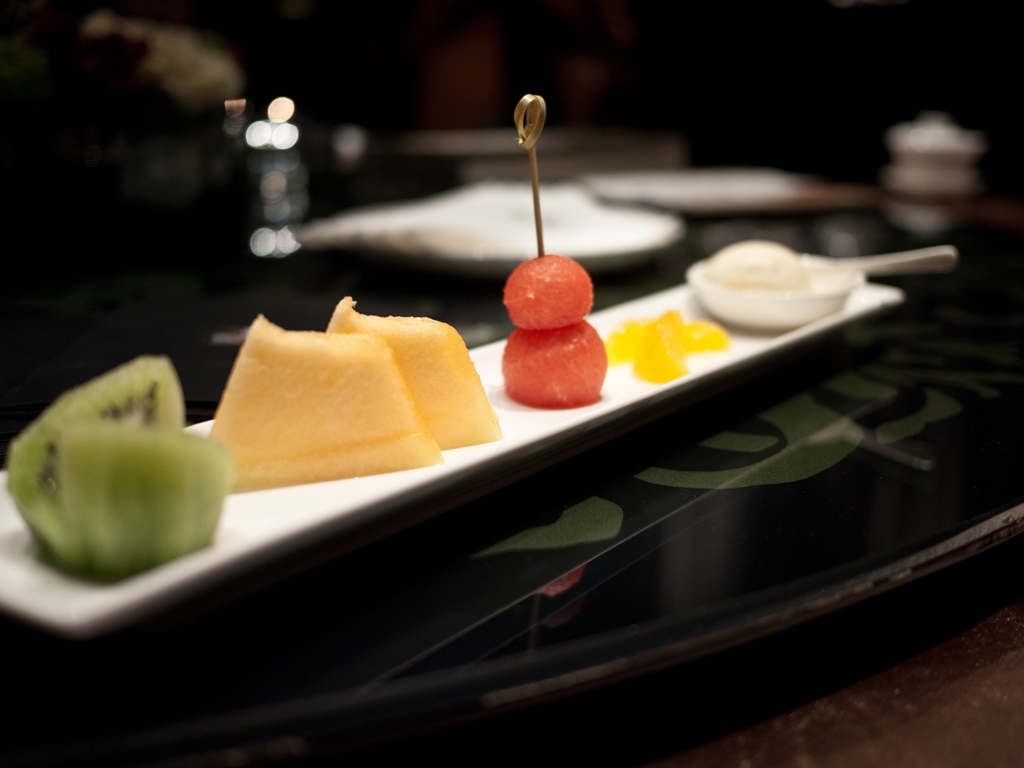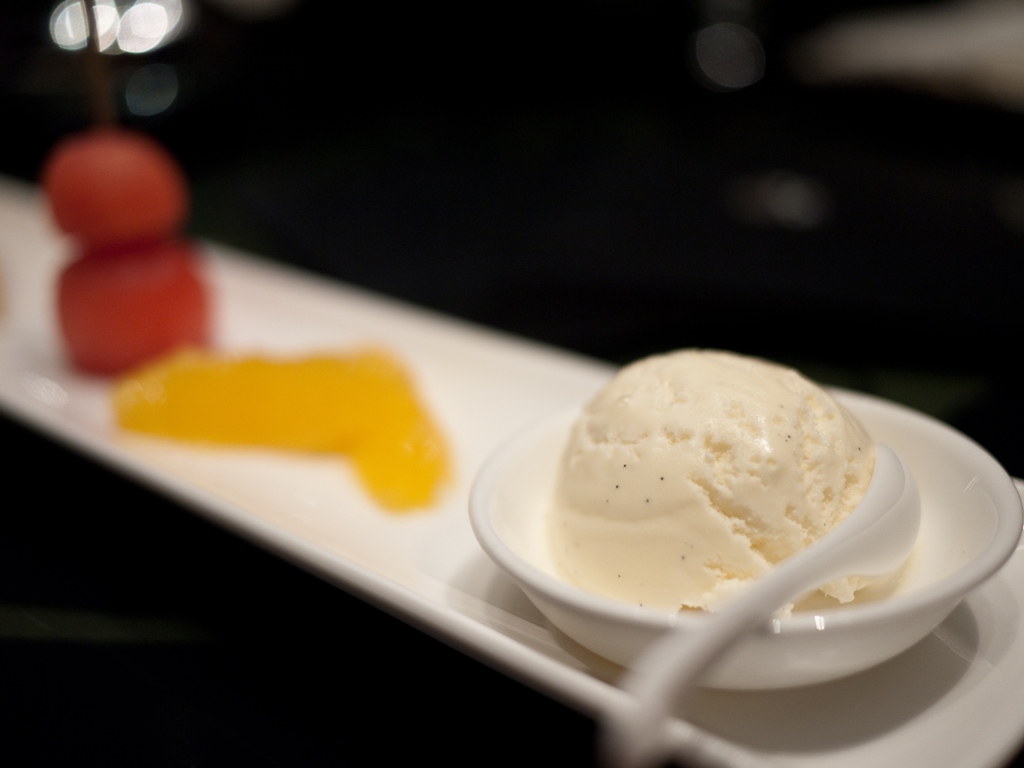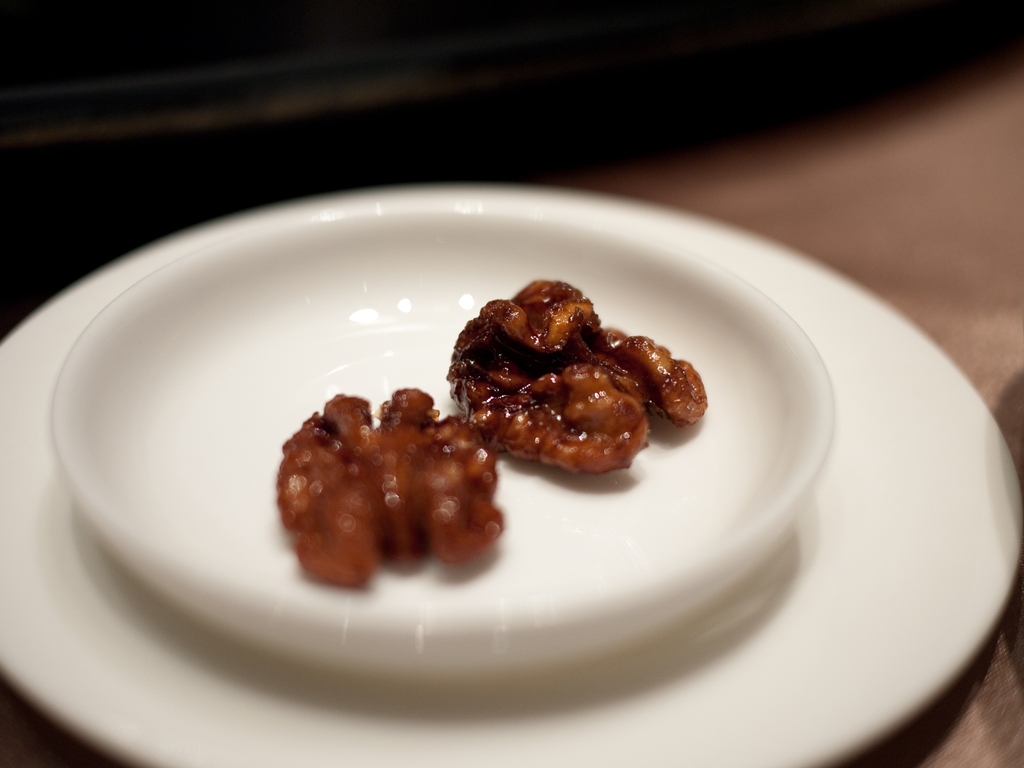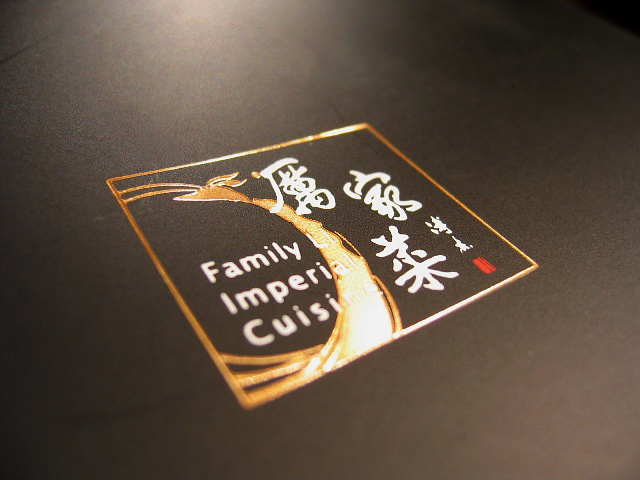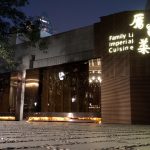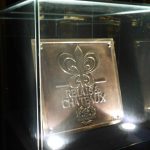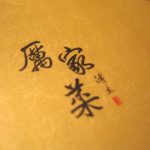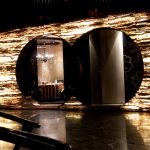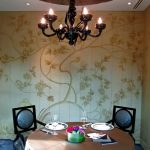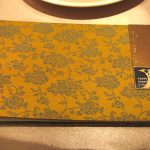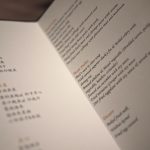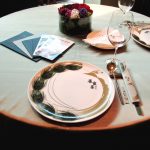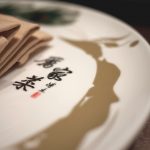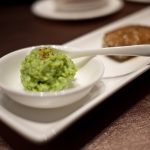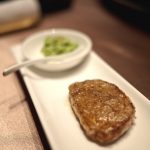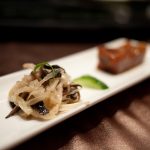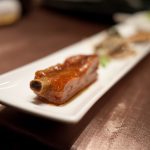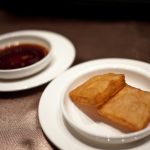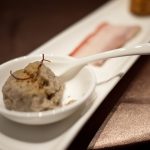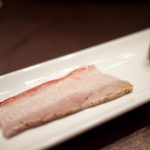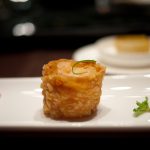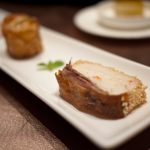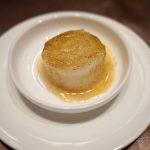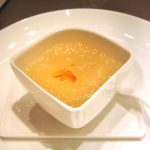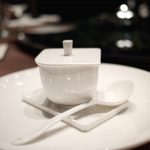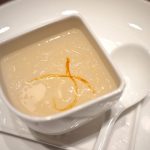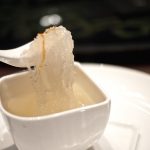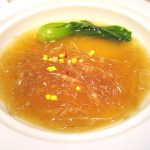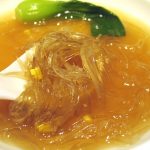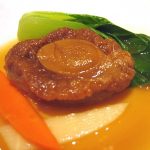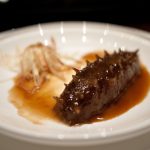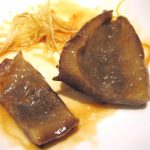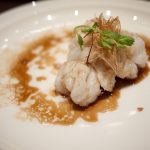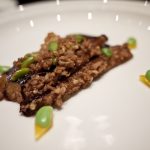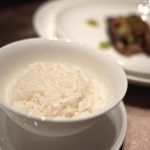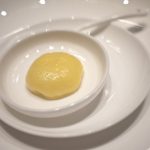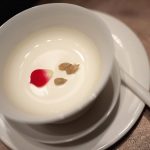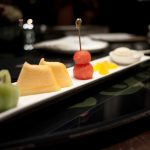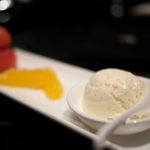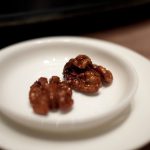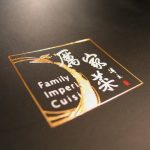CLICK ON THE MAIN PHOTO ABOVE TO VIEW CAPTIONS IN GALLERY FORMAT
Image 1:
The restaurant is primely located at The Bund (外灘) inside Huang Pu Park.
Image 2:
Family Li is a private room only restaurant often visited by many rich and famous as it is one of the most expensive places to eat in the country. We visited Ivan Li in Beijing the week after and had the same menu. For a detailed review, refer to Li's Imperial.
Image 3: Family Li has now expanded to locations in Beijing, Tianjin and Shanghai, and even a 2-Michelin Starred restaurant in Tokyo. This restaurant is a lavish version of the group. At the entrance, a Grand Chef Relais & Château display with spotlight emphasizing this prestigious status. Ivan Li, the fourth generation of Li family, is the consulting chef of this restaurant.
Image 4: Calligraphy by Pu Jie, younger brother of the last emperor of China. These three characters directly translates to Li Family Cuisine.
Image 5:
The common area is modernly designed with a mysterious touch.
Image 6:
Each room is elegantly set up with a server standing by outside each room.
Image 7:
Creative menu resembled an emperor’s document from the Forbidden City where gold and dragon signify the emperor.
6 set menus: ¥400, 600, 800, 1000, 1500, 2000
We have pre-ordered the most expensive one.
Image 8: It was obvious that the staff here were well trained. Each course was explained not only how the chef made each item, but the texture, flavour, and aroma were precisely described.
Image 11:
Stir-fried green bean paste with fresh scallop
Image 12:
Fried fat beef with soy sauce with numbing effect from the Szechuan chili
Image 13:
Stir-fried cabbage with pheasant
Image 14:
Sweet & sour ribs
Image 15:
Deep fried bean cake
Image 16:
Green bean paste with pork
Image 17:
Beijing smoked pork
Image 18:
Deep fried sweet prawn wrapped with egg
Image 19:
Duck with sesame shrimp paste
Image 20:
Poached white cabbage with mustard seed
Image 21: Finally main dish, one of the most expensive Chinese delicacies – Bird’s nest soup (Sweet). We had a choice between sweet or savoury, and obviously, we picked different ones in order to taste both. The sweet one had a much more concentrated nest.
Image 22:
Bird’s nest soup (Savoury)
It was quite watery with only a bit of nest at the bottom. The nest itself had a subtle egg-white like flavour.
Image 25:
Another delicacy – Well-stewed superior shark’s fin for 8 hours in chicken stock. Since Ming Dynasty, this type of soup is a symbol of prosperity.
Image 27: Another delicacy - Braised dried abalone imported from Japan.
Image 28: Stewed sea cucumber with scallion. Don’t be discouraged by its look, this thing actually had an excellent mouthfeel.
Image 29: It was slimy outside, a bit gluey inside, but overall a nice soft crunchiness with subtle flavour. I could imagine many people would find this disgusting.
Image 30:
Perfectly cooked grouper in soy sauce with bones removed!
Image 31:
This mixture of fried eggplant, minced lobster, pork, and garlic had an intense attractive fragrance.
Image 33: "Three non-sticks" (三不黏)
A well-known sweet for the emperor as golden yellow is always an imperial colour. This simple looking dessert required beating the mixture 600 times in a wok with certain temperature so that it results in a semi solid "al-dente" custard without sticking to the plate, chopsticks, or teeth!
Image 34: Baked fresh milk
Made with fermented milk, rice wine, and vinegar, then baked in oven and fridged overnight. The combination of wine and fermented milk was odd. They probably had different palate a hundred years ago!
Image 35:
At last, a fruit plate…
Image 36:
with vanilla ice cream…
Image 37:
and caramelized walnut
Image 38: Just like many world class restaurants, they gave us a menu along with an elegant brochure package as souvenir. If you are really serious about food like me, then you should make a special journey to Beijing and pay a visit to the the master of the cuisine, Ivan Li!
